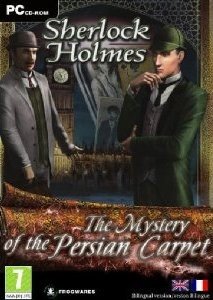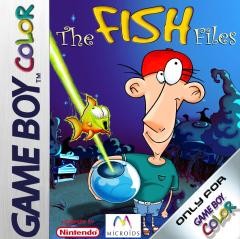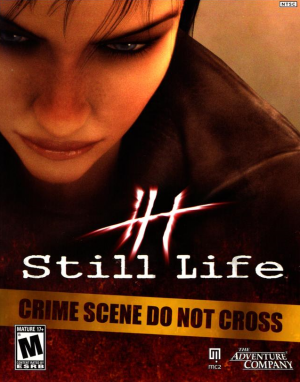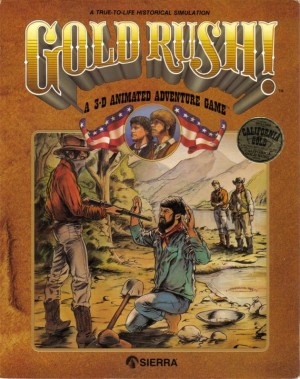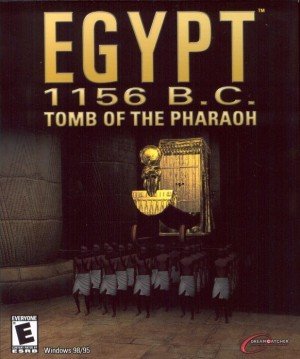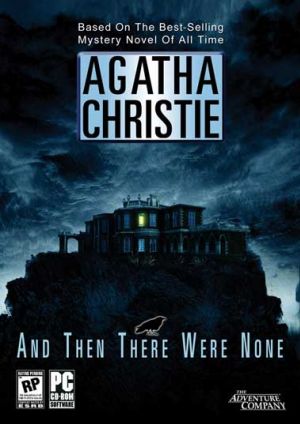Review for Sherlock Holmes: The Mystery of the Persian Carpet
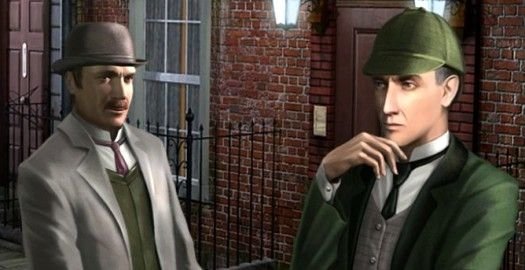
Sherlock Holmes sure has been busy lately. From confronting a cult of Cthulhu to matching wits with Arsène Lupin to probing the Whitechapel murders, the great detective has faced no shortage of interactive mysteries. Between larger adventures, though, what fewer people know is that he’s also been moonlighting in casual games. Perhaps that’s fitting, as his literary career is actually filled more with short stories than full-length novels. Similarly, then, Holmes has taken on some “lite” game cases in recent times. We’ve seen it once from him already, and in The Mystery of the Persian Carpet, he’s right back at it.
While not Sherlock’s only foray into the casual realm, Persian Carpet is far more likely to cause genre confusion than The Lost Cases of Sherlock Holmes. The reason for that is simple: it’s by Frogwares, the driving force behind all the new full-fledged Sherlock Holmes adventures. As a result, not only does the game look like its adventure game counterparts in most screenshots, it’s probably the least “casual” title of any game that warrants the label. That’s not to suggest it’s a standard adventure after all, but rather than being developed from the ground up as a hidden object game with adventuring elements added in, Persian Carpet feels more like an adventure that’s been stripped down to suit the casual market. Unfortunately, it stripped out a lot of the fun in the process.
The story centers around a murdered young artist who’s found wrapped up in the eponymous Persian carpet, wending its way through revelations of secret dalliances, jealousy, blackmail, and other fairly predictable whodunit elements. There are no people to deal with directly among the six suspects involved, however, with only text documents filling in the many blanks, so the unfolding plot presentation is too sparse, too detached, and too rushed to create any real cohesive focus. At no point did I feel I had a grasp of the events playing out, and with each new independent revelation from Holmes, I echoed Watson’s sentiment of “for my part, I am no further ahead.”
And that sense of cluelessness comes with the “deduction board” exercise which concludes most of the game’s seven chapters. Theoretically, this is a great idea, requiring links to be drawn between victim and suspects from all the relevant items and information discovered in your investigation. The reality, however, is that the connections can be incredibly vague, and the mechanics in this section are so obtuse that it creates more confusion than it resolves. You can use any available hints still left over from that chapter’s allotment, but otherwise expect some blind guesses and trial-and-error to supplement your “detective” work. By the time I fingered the culprit at game’s end, all I really felt like I’d solved was the interface, not a mystery.
Of course, getting to the deduction board isn’t easy to begin with. Each level sends you to several different locations to find a small bunch of pre-determined “evidence” first, generally in the area of 5-7 items per scene. Rather than adopt the standard random hidden object formula from other casual games, here the handful of items required from each scene are actually relevant to the investigation (sometimes rather loosely, but related nonetheless). Instead of looking for rubber ducks in rafters or children’s blocks amongst reams of junk, here you’ll usually be searching for keys to cabinets, shovels for digging, or paper trails for solving puzzles. It’s actually very traditional in that sense, the main difference being that all items pertain to that screen alone, and are automatically discarded when you complete your objectives there.
Unfortunately, the gameplay borrows one aspect from adventures it shouldn’t have, as item searches frequently come straight out of the adventure game pixel hunting manual. Yes, pixel hunting, exactly as it’s come to be known and despised. It starts off promisingly, taking you through various 19th century parlours, bedrooms, and offices, outdoor gardens and backstage theatre rooms, not to mention interactive character profiles collected at Scotland Yard. The screens are beautifully rendered in high resolution, they’re uncluttered by excess objects, and the items you seek are shown as silhouettes, so you’d think the task would be simple… but no. Many objects are so concealed that you’ll be hard pressed to find them all. Good luck locating a small sprinkling of ash, tiny scratch marks, or a single strand of hair. The cursor doesn’t even throw you a bone by changing over collectible hotspots, removing even that advantage from adventures. You can use your hints here as well, but the more you use, the fewer you’ll have for the rest of the chapter. And while sometimes a hint will clearly highlight an item itself, other times the only help you’ll get is a highlight of where to click for a new close-up screen. Gee, thanks Sherlock.
Creating even more similarity with traditional adventures, a few items can be used as basic inventory in their own environments, though the majority of puzzles arbitrarily thrown in your way are the standalone logic variety. Among numerous others, there are jigsaws and math puzzles, sliders and codes to break, sometimes more than once in succession. Aside from one enjoyable 3D spatial puzzle that I’ve never before encountered in a game, most are variations of puzzles any experienced adventure gamer will have seen before. Some are very easy, like the rudimentary clue “analysis” back at 221b Baker Street, which consists of either collecting trace samples through a microscope or performing simplistic chemical tests under a Bunsen burner, while others can be very difficult. Rather than offering hints for these, there are entire puzzle skips available, but you have only a finite number to last the whole game, so you can’t use them indiscriminately. Your enjoyment of these challenges will depend solely on your appreciation of puzzles, as they’re rarely justified in the storyline, serving mainly as contrived obstacles to keep you busy (and consequently, acting as pace-killers at times).
There are three levels to choose from at the start of the game, including Casual, Detective, and Adventure, the differences being the degree of puzzle difficulty and number of hints and puzzle solves available. The game also displays a timer, though any of the three options can be played in untimed mode, and I can’t imagine anyone willingly choosing the timed version, as the game is punishing enough without such limitations. The Adventure mode promises a “freedom of investigation” option, but really this just lets you move between the occasional screen if you’re stuck, as the game remains entirely linear and progress on one front has no bearing on another.
Whatever the mode chosen, The Mystery of the Persian Carpet can’t be considered Sherlock Holmes’ finest hour on PC. It does feature the nice orchestral music of Frogwares’ full-scale adventures, but none of the voice acting that helps create important identification with the characters. And it’s anything but “elementary” overall, taking a good six hours to complete the first time through (hint use varying mileage, of course). While qualifying as a casual title, it’s far more demanding and less rewarding than most hidden object games, while far more streamlined and less substantial than most adventures, so its appeal will be limited. Perhaps its value is more as a light puzzle game – a deduction supported by the option to replay the main puzzles on their own after completing them. As a "lite" adventure that blends different game styles, it’s an interesting crossover between markets, but ultimately not a very successful one, proving that even the great detective can make mistakes sometimes.


